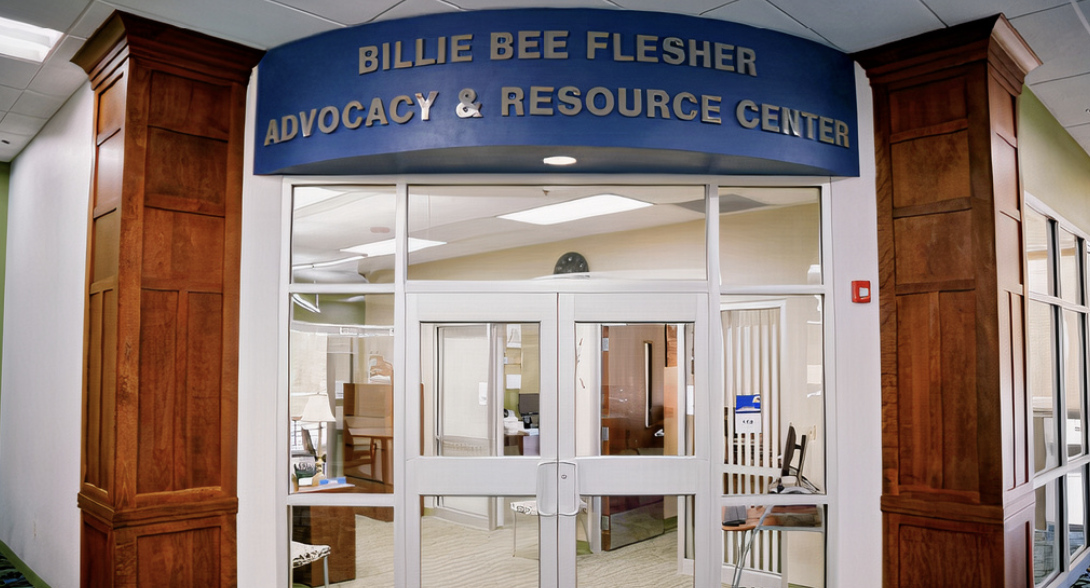Food security change in the college student population due to the COVID-19 pandemic: A decline for many, an improvement for a few (2024)
The COVID-19 pandemic killed over one million people in the United States and the disease itself, combined with policies implemented to minimize its spread, dramatically increased both unemployment and food insecurity
throughout the nation. College students, who have high rates of food insecurity during non-pandemic times, were heavily impacted by the pandemic as campus closures caused large changes in living conditions and business closures led to loss of work for many. This study quantified changes in the food insecurity rate, changes in food security status, and associates of these changes for college students at the University of Santa Barbara, CA using data from a survey conducted in the Spring of 2021 (N = 785). Descriptive statistics and a multinomial logistic regression model were used to analyze data and the results suggest that the food insecurity rate increased by about 50% during the pandemic and that food security status changed for about 25% of students. Of students whose statuses changed, one-fifth experienced an improvement in food security status while about four-fifths experienced a decline. Students who lost a job were more likely to experience a decline in food security status while students who moved in with their parents, especially for longer periods of time, were more likely to
experience an increase in food security status. During future pandemics, policy should account for a large increase in college student food insecurity and future research should determine which students move home and
why.




